Dana Porter Library, first floor
University of Waterloo Library
Waterloo, Ontario N2L 3G1
519-888-4567 x42619 or x42445
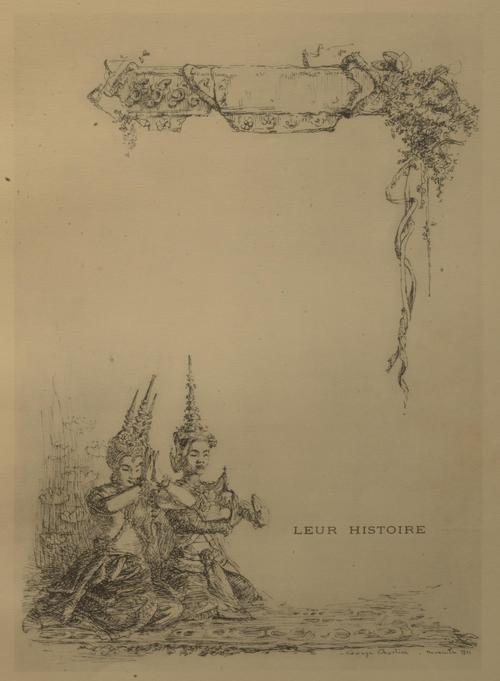 Danseuses cambodgiennes anciennes & modernes (call no.: H0602)
Danseuses cambodgiennes anciennes & modernes (call no.: H0602)
January 7, 2019 will mark exactly 40 years since the Vietnamese army swept in and captured Phnom Penh, the capital of Cambodia [1, 2]. The invasion by Vietnam ended the genocidal Khmer Rouge regime under the rule of Pol Pot. The Khmer Rouge army scattered into the jungles, but their atrocities are still felt in the millions of deaths they contributed to and caused. Not only lives, but also cultures and traditions were nearly wiped away. At this point, you must be wondering, “What does this have to do with the University of Waterloo’s Special Collections & Archives (SCA)?”
Well, once upon a time, SCA used to collect items for the University’s Dance program. Many of these items are part of the Henry H. Crapo collection. A part of the collection were books on the histories of dances from all over the world, including traditional Indochinese (what is now Southeast Asia) dances. It was an exciting surprise to find books on classic Cambodian dances or Robam Kbach Boran. As a young Cambodian-Canadian child growing up in the Waterloo Region, there weren’t exactly many books about Cambodia lying around.
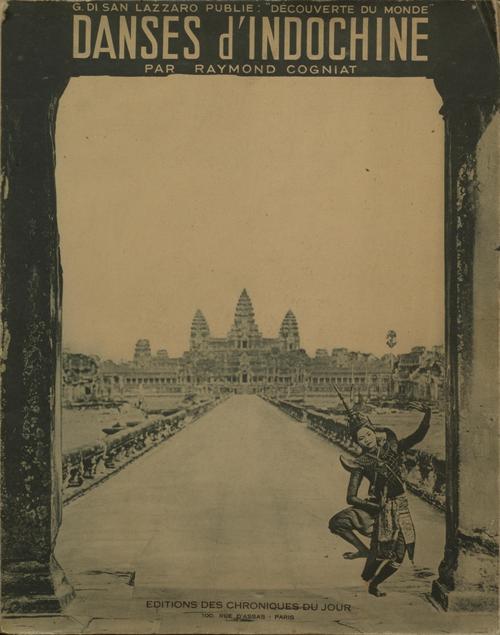
Danses d'Indochine (call no.: G3794)
Cover of one of the books I found.
The rare books I found in the collection dated back to the early 20th century. It was a time before the Khmer Rouge, and the Royal Ballet of Cambodia troupe was still flourishing. Under the genocidal regime of the Khmer Rouge, the Royal Ballet of Cambodia lost almost “90 percent of its members due to execution, malnutrition, and forced labour" [3]. With them, many of the teachings and traditional ways of Robam Kbach Boran were lost.
The pictures in this book offer a snapshot of the traditional dress and dance techniques. Classic Cambodian dances typically tell stories from ancient folk tales such as stories of ogres and deities from Hindu religion, harking back to India’s influence in the region. Many of these influences are also seen in the bas-reliefs of the famous Angkor Wat.
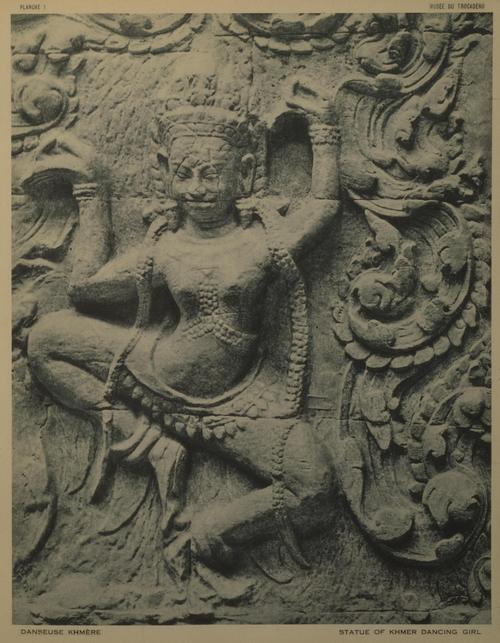
Danses d'Indochine (call no.: G3794)
In Hindu and Buddhist cultures, Apsara is a celestial spirit dancer who inhabits heaven. In Cambodia, the name became a term referring to dancers in the royal courts. Many of the bas-reliefs decorating the Angkor Wat depict these Apsara dancers.
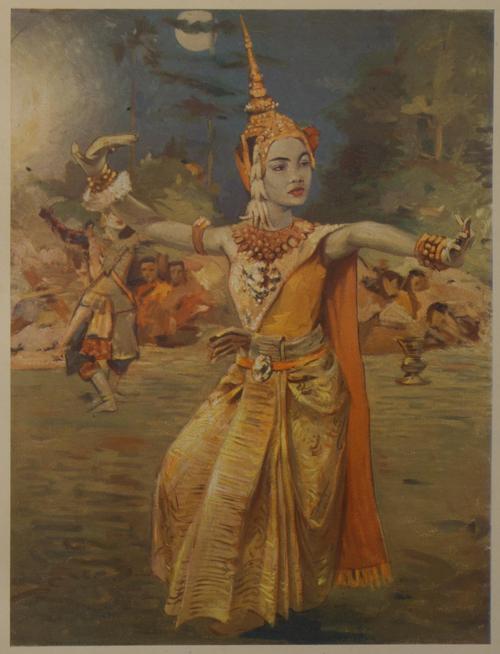
Danseuses cambodgiennes anciennes & modernes (call no.: H0602)
An Apsara dancer in full costume.
Classic Cambodian dances often retell old folk tales dating back centuries. There are four main character groups in these tales: the female, male, ogre, and monkey. Costumes are an important aspect of the dances to recognize these characters. Characters wear elaborate headdresses and masks to reflect their character. Further, female members often dominated the Royal Ballet of Cambodia. Elaborate outfits and masks allowed them to dress up as male and non-human characters.
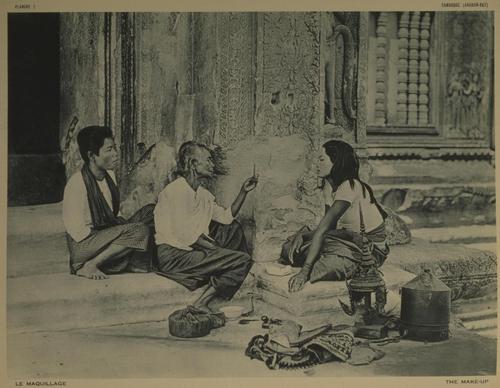
Danses d'Indochine (call no.: G3794)
A dancer getting her makeup done.
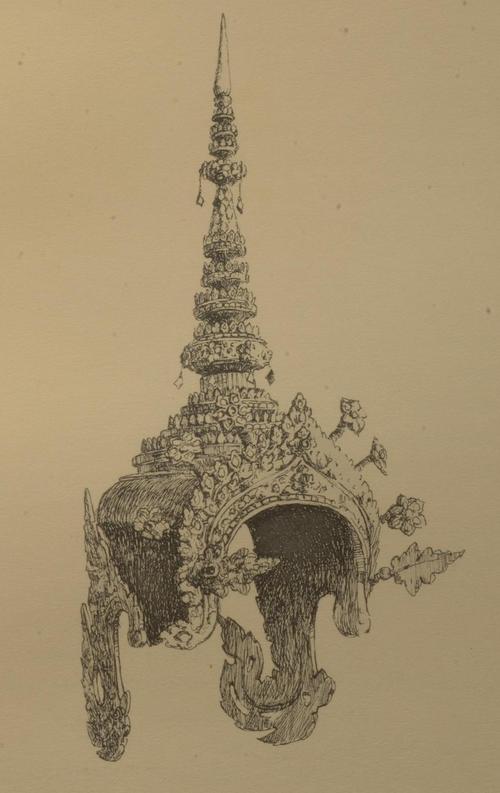
Danses d'Indochine (call no.: G3794)
An example of a headdress that a dancer might wear.
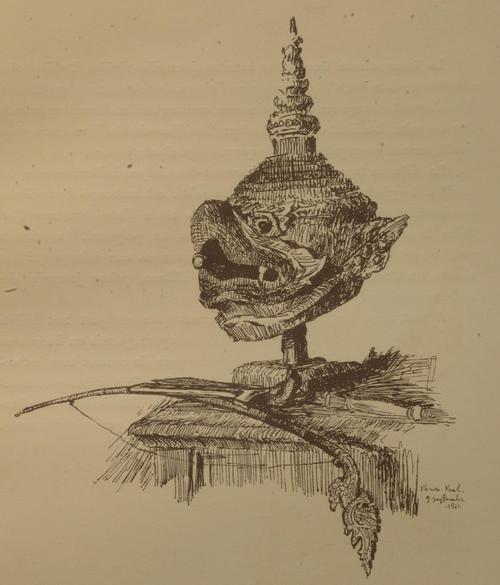
Danses d'Indochine (call no.: G3794)
Dancers for characters like ogres or animals would wears mask such as this one.
The dances require concentration and exact movements. One of the focuses in the dance performances is the flexibility of the hands in an almost contortionist display. The royal courts often took in girls from the early age of six. Introducing physical exercises and dance lessons at a young age helped them to develop and retain this flexibility.
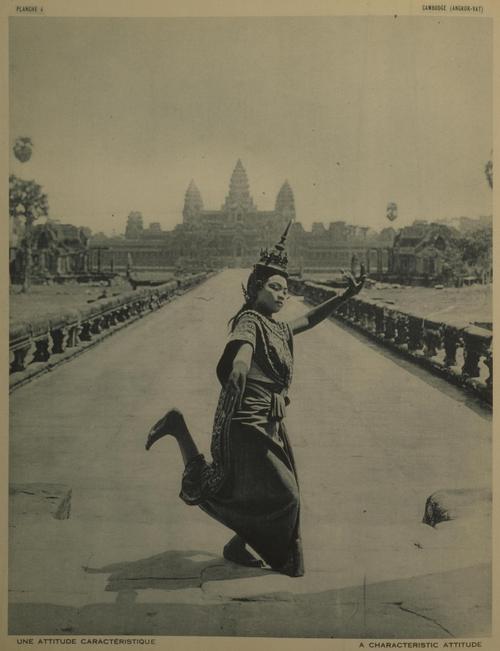
Danses d'Indochine (call no.: G3794)
Classic Cambodian dances requires immense flexibility and balance.
The flexibility was an essential component since the round and curving quality are trademarks of classic dances. Dancers speak to audiences in a language based in the placement and movement of gestures. A language can express emotions, actions, and words to tell a story. For instance, the two images below are part of a dance that tell the cycle of life: a seed sprouts, grows leaves, flowers blossoms, a fruit develops, and the fruit drops where the seed will sprout again.
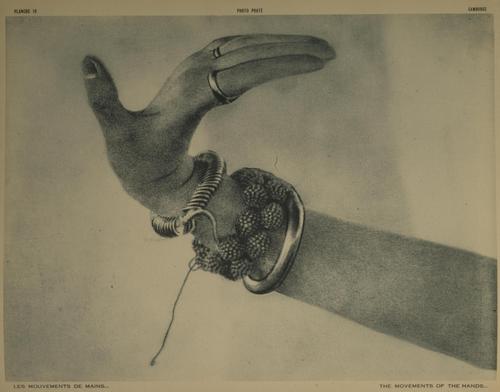
Danses d'Indochine (call no.: G3794)
A hand gesture in dances. This one represents a tree growing leaves.
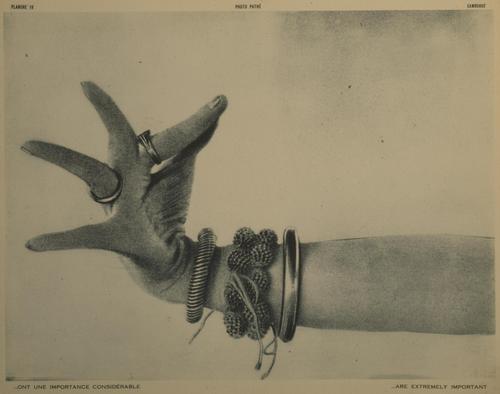
Danses d'Indochine (call no.: G3794)
A hand gesture in dances. This one represents the blossoming of a tree.
Books like these offer a preserved time capsule before the destructive forces that can wipe out cultures and traditions. Histories lost to violence, destruction, or merely the passage of time, can be found in the least expected of places. What might you find in the archives?
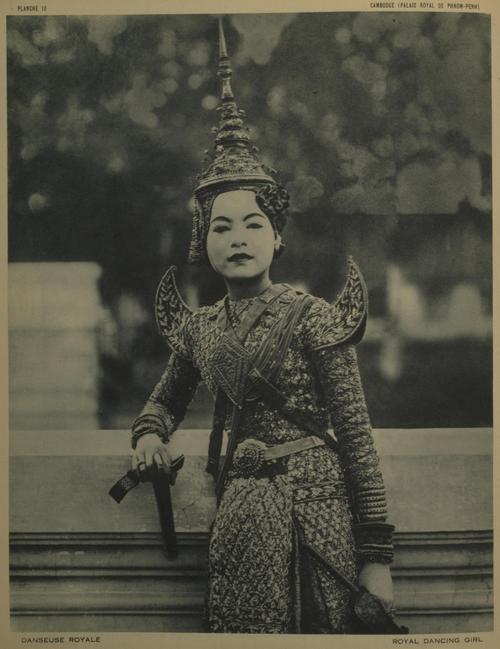
Danses d'Indochine (call no.: G3794)
Works cited
[1] Chanda, Nayan. "Vietnam's Invasion of Cambodia, Revisited." The Diplomat. December 01, 2018. Accessed December 19, 2018. https://thediplomat.com/2018/12/vietnams-invasion-of-cambodia-revisited/.
[2] Pribbenow, Merle L. "A Tale of Five Generals: Vietnam's Invasion of Cambodia." The Journal of Military History 70, no. 2 (2006): 459-486. https://muse.jhu.edu/article/196446 (accessed December 19, 2018).
[3] Nut, Suppya Helene. "The Legend of Apsara Mera: Princess Norodom Buppha Devi's Choreography for the Royal Ballet of Cambodia." Asian Theatre Journal 31, no. 1 (2014): 280. http://www.jstor.org/stable/43187297.




